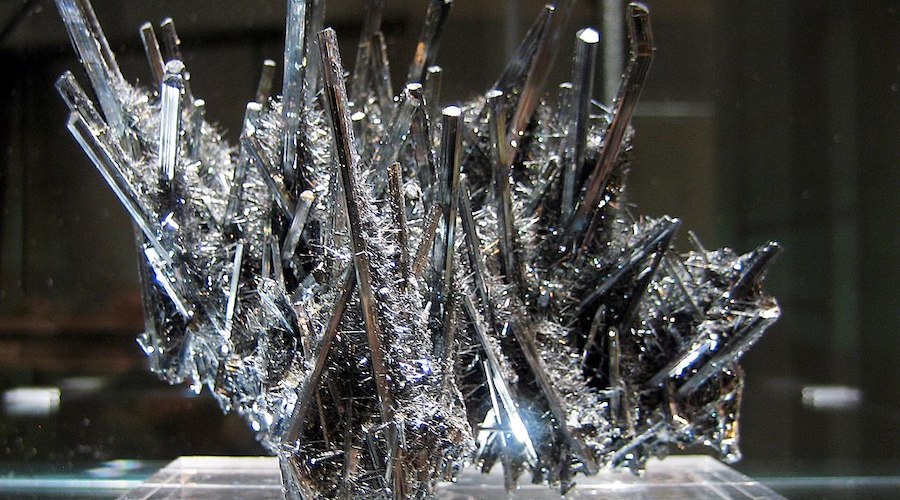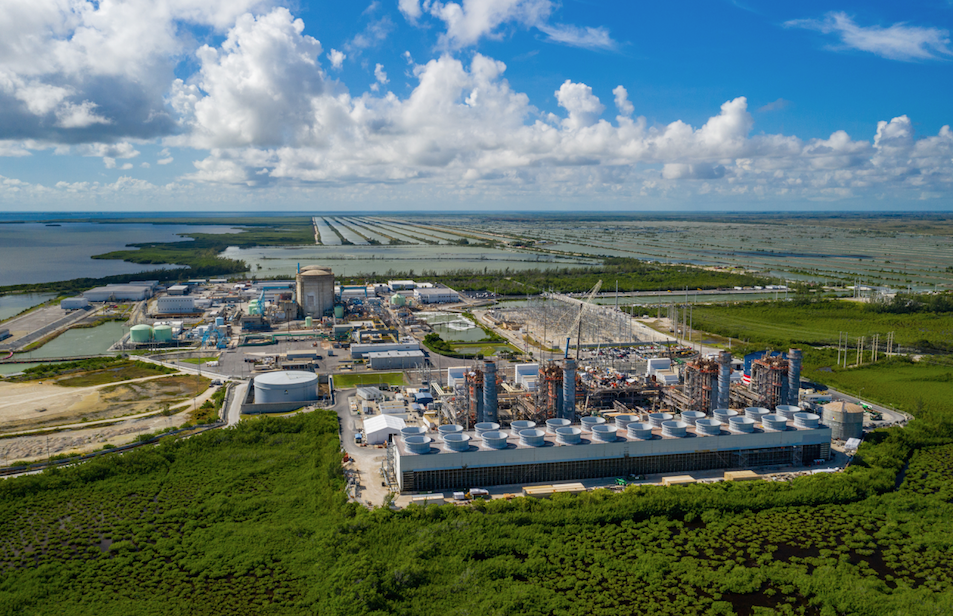Antimony prices not expected to take off – report

Despite the price of antimony going up in late January and reaching approximately $5,600/tonne, market analyst Roskill says it is still not expected to quickly recover back to the 2017/2018 levels. Back then, the grey metalloid reached over $8,000/tonne.
In a recent report, Roskill explained that prices rose in January 2020 as the coronavirus and Chinese New Year limited the supply of this China-dominated product. However, the current price range sits below most of its cost curve and was undermined by weak demand over 2019.
The uptick followed the price falling to its lowest level since April 2016 at the start of the calendar new year
“Roskill forecasts demand to recover in 2020, which will see prices edge back towards the industry cost structure, though COVID-19 will delay the recovery in Chinese domestic demand. In addition, a depreciated Chinese renminbi has lowered the baseline US$-base price and Roskill does not expect prices to recover back to 2017/2018 levels,” the report states.
Antimony ingot is a key feedstock in antimony trioxide, which is predominantly used in flame retardants. Extracted mainly from stibnite, most of the production occurs at the Xikuangshan mine in Hunan, southern China. The Asian giant supplies over three-quarters of the world total of antimony with the remainder coming from Russia, South Africa, Tajikistan and Bolivia.
Given that its production is concentrated in a few countries, the British Geological Survey’s list of the 41 elements, minerals and metals most at-risk places antinomy on the second spot, right after rare earth elements.
More News
{{ commodity.name }}
{{ post.title }}
{{ post.date }}



Comments